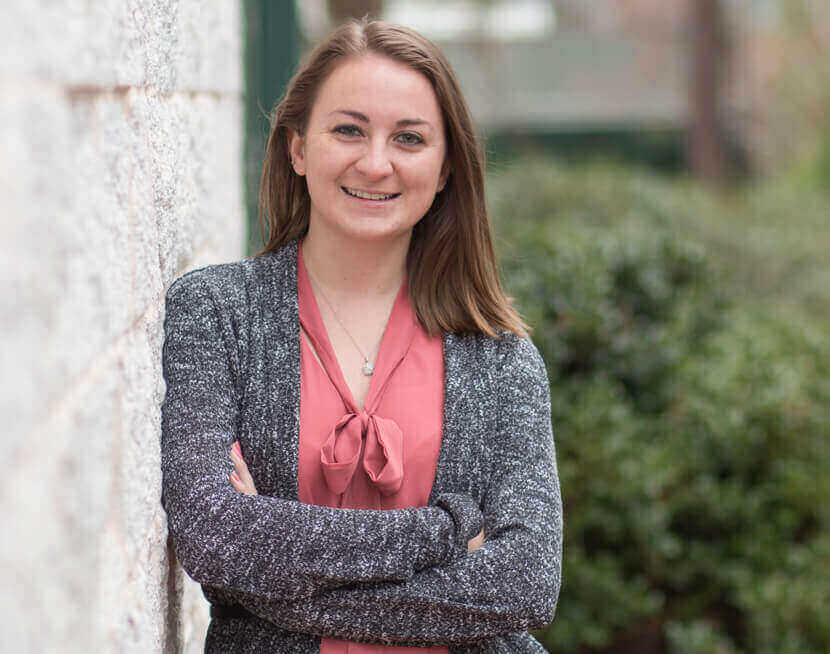Portland Cement NESHAP Amendments – What’s Changed?
Posted: September 26th, 2018
Authors: Stacy A.
The United States Environmental Protection Agency (U.S. EPA) published the finalized amendments for the maximum achievable control technology (MACT) standards codified at 40 CFR Part 63, Subpart LLL – National Emission Standards for Hazardous Air Pollutants (NESHAP) From the Portland Cement Manufacturing Industry. The Subpart LLL amendments became effective on July 25, 2018 and reflect the results of the most recent risk and technology review (RTR). The revisions were proposed on September 21, 2017. Recall that the Clean Air Act (CAA) requires U.S. EPA to review the 40 CFR Part 63 technology-based standards and evaluate the risk to public health after application of technology-based standards every eight years. If you want to review the RTR process or originally proposed amendments to the Portland Cement NESHAP, check out our blog post for a refresher.
The “good” news is that the U.S. EPA determined that risks due to emissions of air toxics are acceptable, the current standards provide an ample margin of safety, and no new cost-effective controls were identified. Consequently, the amendments do not change the numerical limits or forms of the rule. Instead, the amendments focus on improving monitoring, compliance, and implementation of Subpart LLL requirements. The following list identifies a few key changes made to Subpart LLL as part of the amendments:
- Corrected reporting requirements that previously required affected sources to report their 30-operating day rolling average for dioxins and furans temperature monitoring
- Corrected a provision that previously required facility owners to keep records of both daily clinker production and kiln feed rates [40 CFR 63.1350(d)(3)]
- Clarified that semiannual summary reports are required to be submitted within 60 days of the end of the reporting period [40 CFR 63.1354(b)(9)]
- Resolved conflicting provisions in 40 CFR 63.1349(b)(8)(x) and 30 CFR §63.1350(l)(3) that apply when a sulfur dioxide (SO2) continuous parametric monitoring system (CPMS) is used to monitor hydrochloric acid (HCl) compliance
- Clarified that the particulate matter (PM) performance testing requirements of 40 CFR 63.1349(b)(1)(vi) only apply to kilns with inline raw mills
- Clarified performance test requirements for affected sources that have been idle for one or more periods by requiring affected sources that were idle during the most recent normal compliance testing window to demonstrate compliance within 180 days after coming out of the idle period [40 CFR 63.1348(a)]
Because only technical corrections and clarifications are provided by these amendments, the compliance is required upon the effective date of the rule (i.e., July 25, 2018). If you have any questions on how the 40 CFR Part 63, Subpart LLL amendments affect your Portland cement plant, please reach out to me at 678.460.0324 x213 or sarner@all4inc.com. Thanks for reading!

